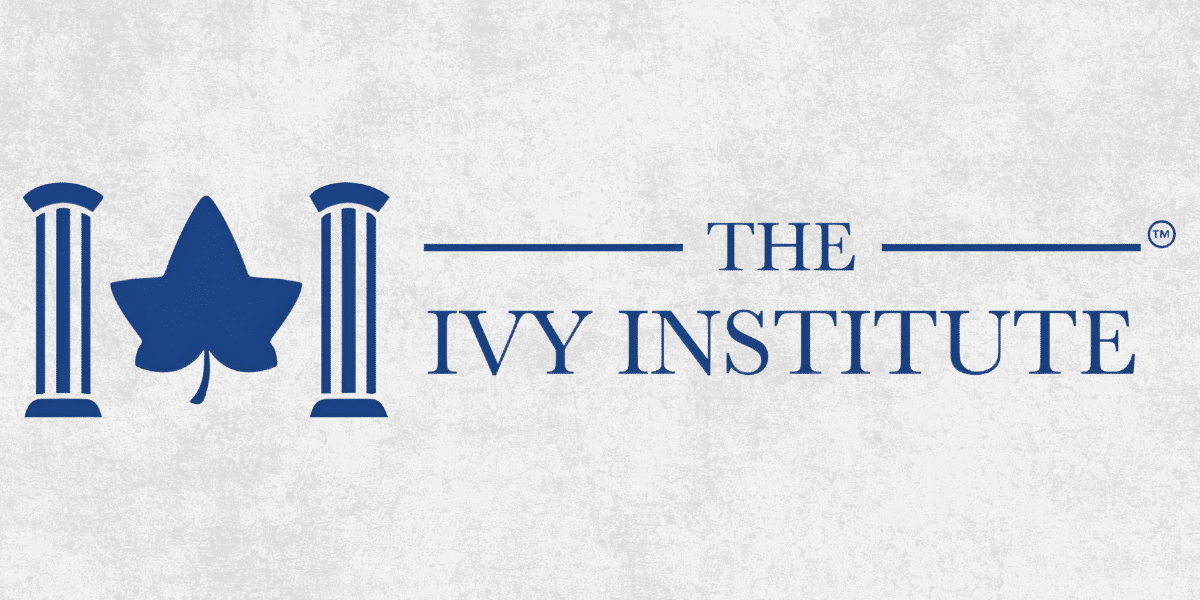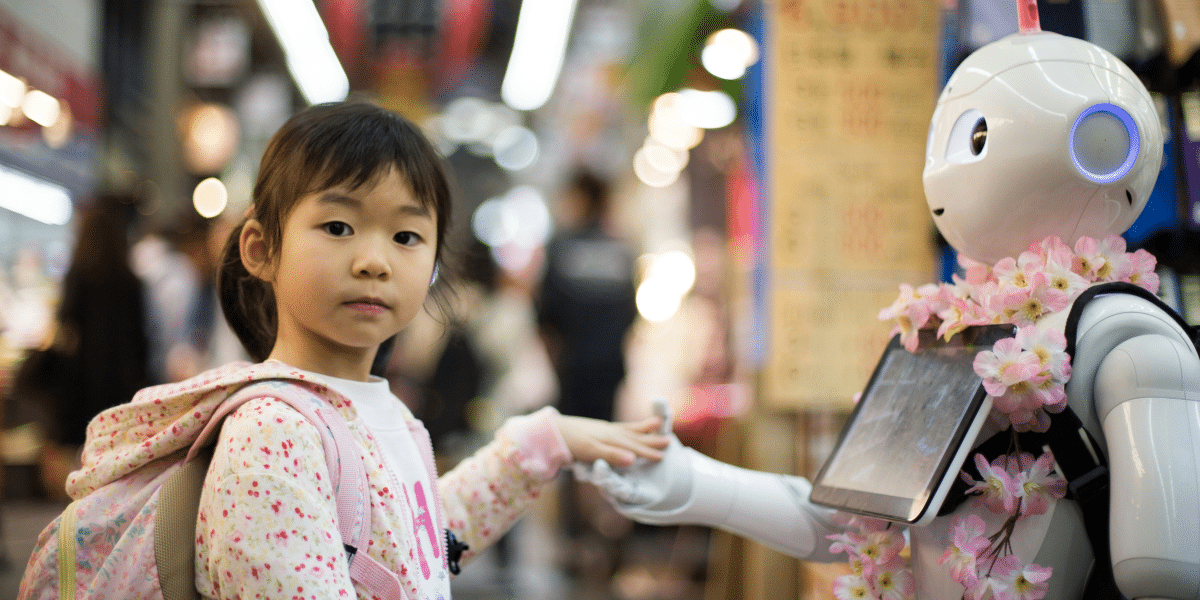The Federal Reserve wields immense influence over interest rates, inflation, and the health of the US economy. Here’s how they do it and why it matters to you.
WASHINGTON D.C. – When the Federal Reserve Chairman speaks, markets listen intently. Nicknamed “the Fed,” this central bank has a profound ability to steer the US economy by adjusting interest rates and employing a range of other tools. Their actions can affect everything from the price of your mortgage to the job market.
The Basics: What the Fed Does
The Federal Reserve System, created in 1913, has a dual mandate:
- Maximum Employment: The Fed aims for a strong job market where most people who want a job can find one, without excessive levels of unemployment.
- Price Stability: The Fed seeks to keep inflation (the rate at which prices for goods and services rise) low and stable, ideally around 2%.
The Fed’s Main Weapon: Interest Rates
The most well-known Fed tool is setting the federal funds rate:
- The Base Rate: This is the rate banks charge each other for very short-term loans. The Fed doesn’t dictate consumer rates, but changes to this base rate ripple through the financial system.
- Raising Rates Fights Inflation: When the economy overheats, the Fed can raise rates, making borrowing more expensive. This aims to cool consumer and business spending, thus taming inflation.
- Lowering Rates Stimulates: During recessions, the Fed can drop rates, making it cheaper to borrow. This encourages businesses to invest, consumers to spend, and can boost economic growth.
Beyond Interest Rates: The Fed’s Toolkit
The Fed possesses additional tools to influence the economy:
- Open Market Operations: The Fed buys or sells government bonds. This directly impacts the money supply and longer-term interest rates, like those on mortgages.
- Reserve Requirements: It sets the amount of money banks must hold in reserve. Lowering requirements frees up money for lending, while raising them tightens credit.
- Quantitative Easing (QE): In crises like 2008, the Fed can buy vast quantities of bonds and other assets to inject money into the system when traditional moves fail.
The Delicate Dance: Inflation vs. Unemployment
The Fed strives to tame inflation without triggering a recession and mass job losses:
- The Trade-off: In theory, lower unemployment can fuel inflation as businesses raise wages to attract workers. Higher prices mean people can afford less, potentially hurting the economy.
- Not Always Simple: The 1970s stagflation proved high inflation and high unemployment can occur simultaneously.
- Today’s Challenge: With inflation surging post-pandemic, the Fed aggressively raises rates, hoping to bring prices down without severe economic pain.
How the Fed Impacts You
The Fed’s decisions aren’t abstract – they affect your wallet:
- Mortgages: Higher interest rates mean more expensive mortgages, impacting affordability for homebuyers.
- Savings Accounts: When rates rise, the interest paid on your savings may go up (though banks often lag and pass along only a fraction of Fed increases).
- Loans and Credit Cards: Rates on auto loans, credit cards, and business loans tend to track the Fed’s moves, making borrowing costlier when rates rise.
- Stock Market: Investors hate uncertainty. Rapid rate hikes can trigger market volatility, impacting retirement accounts.
Controversy and Criticism
The Fed wields substantial power, making it subject to scrutiny:
- Independence is Key: The Fed is designed to be independent of political pressure, so it can make unpopular, but necessary, long-term decisions.
- Did We Overstay the Party? Some argue the Fed kept rates too low for too long after the 2008 crisis, fueling asset bubbles and today’s inflation surge.
- Inequality Impacts: The Fed’s tools aren’t surgical. Hiking rates disproportionately hurt lower-income people who rely on credit, exacerbating wealth gaps.
The Fed constantly adapts to economic challenges. Its decisions have a major impact not only on the US economy but also the global financial system:
- Climate Change on the Radar: The Fed may start to consider how climate change-related financial risks and the shift to green energy impact its policies.
- The Crypto Question: It’s grappling with how to regulate emerging cryptocurrencies and their potential to disrupt the traditional banking system.
Understanding the Federal Reserve is key to understanding the often-unpredictable trajectory of the US economy. While its actions can seem opaque, their consequences are felt on Main Street, not just Wall Street.









